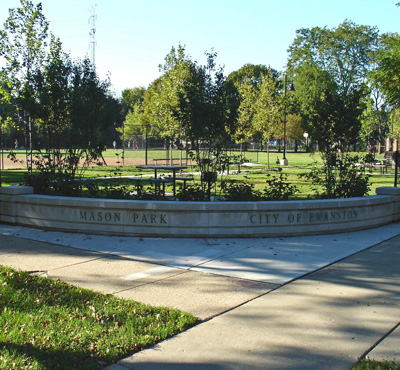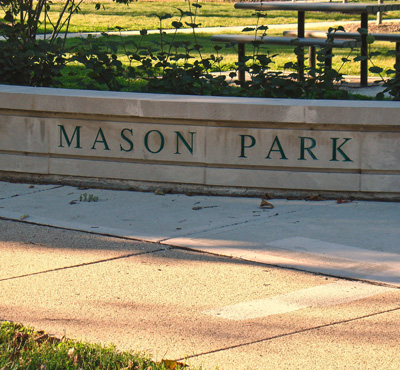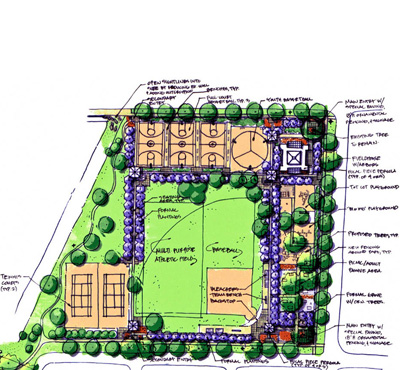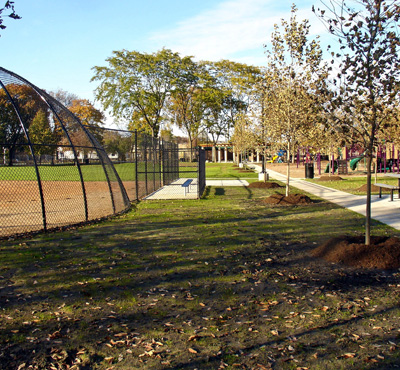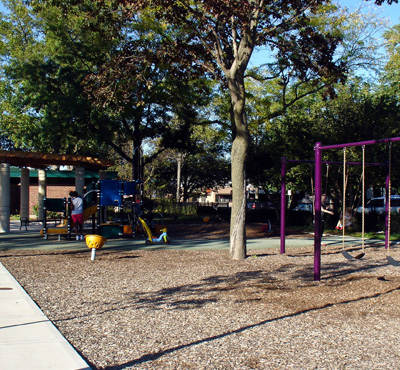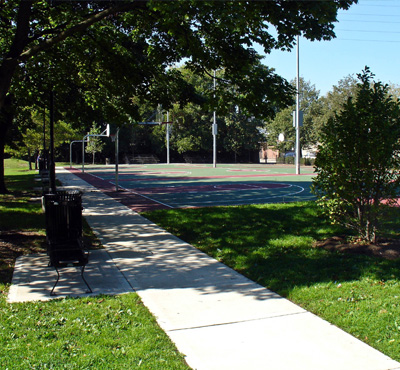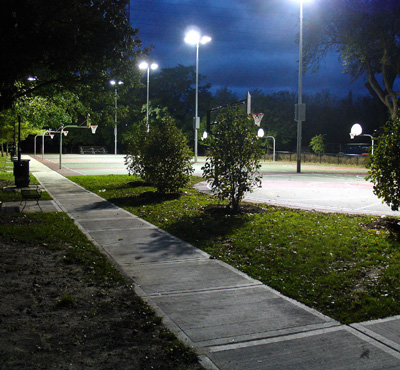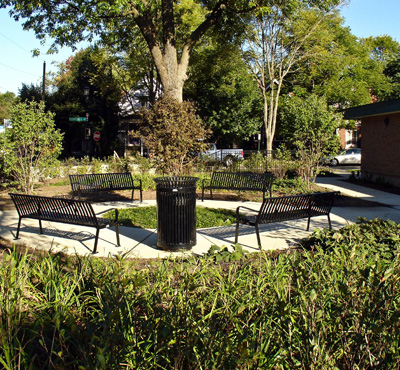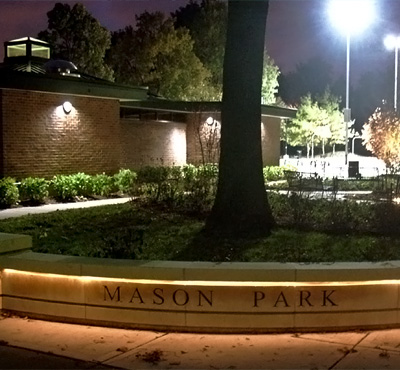Architecture • Engineering • Planning • Forensic Services
- Preservation + Restoration
- Residential
- Forensics + Litigation Support
- COMMERCIAL
- PUBLIC
- Recreation
- Special Projects
The project represents a significant renovation and reconstruction that has served to revitalize an Evanston, Illinois neighborhood park to the benefit of both the immediate and overall community. The existing park and fieldhouse had deteriorated to such an extent that very few programs were being scheduled at the building and the surrounding park was rarely being used for any organized outdoor activities. The tennis and basketball court surfaces were nearly unplayable as was the baseball-soccer field. Playground equipment was outdated and dangerous with few facilities for younger children. There was neither a visual nor a spatial organization to the park nor a sense of entry or focus when approaching the park. Even the fieldhouse had no defined front entry, contained few program, staff or equipment spaces, admitted little daylight and was riddled with bullet holes on the exterior walls and the roof.
A series of schematic designs were presented to the community that resulted in a Master Plan that served to guide all subsequent work. The reconstructed park has now been organized into a series of "green rooms" defined by new and existing plantings and surrounding tree-lined walks that include lighting and benches that serve to enclose a multitude of activities into both large "public" spaces and smaller "private" areas for different groups of park users. Consequently, the project has provided an environment for both the park and the surrounding community to flourish together and it now serves as a focal point throughout the day and year.
The reconfigured park has playgrounds opposite the houses on the east protected from cars by a screen of shrubs and fencing. Planting and fencing are also used to screen the basketball courts on the north. Rather than one large open and ambiguous space, the park has now been sub-divided into smaller, discrete areas, each defined by sidewalks and planting and closer to the residential scale of the surrounding neighborhood. The internal shaded walks define the basketball court area, the baseball-soccer field, the tennis courts, the playgrounds, private seating and picnic areas and the fieldhouse.
The park now contains rebuilt courts, the ball field was moved further away from the eastern boundary and the playground expanded to provide separate areas for younger and older children. Private seating areas to the north side of the fieldhouse and under the new entry pergola have been added. Tree-lined walks with lighting for night use and benches serve to reduce the scale and to define each activity area. The basketball lighting is controlled by user-activated time clocks and shuts down when there is no play.
Adjacent to the fieldhouse are four new basketball courts, all well lit for night play. Three are for regulation play and the fourth is a circular court with height-adjustable backboards intended for half-court games and younger players. The tennis courts at the south-west end of the park have also been rebuilt and now include a "bang board" for individual practice. The new playground area has separate areas for both younger and older children and is set away from the basketball courts. Shrubs and benches define private sitting and picnic areas that can be used without intrusion from more active nearby elements. Finally, park identification in the form of low, curved stone bench-signs that are illuminated at night have been provided at the two main entries to the park.
In 2010, the entire project including the renovated fieldhouse received both the City of Evanston Margery B. Perkins Preservation Award for the most outstanding and sensitive alteration/addition and the Design Award for Urban Design and Planning from Design Evanston.
